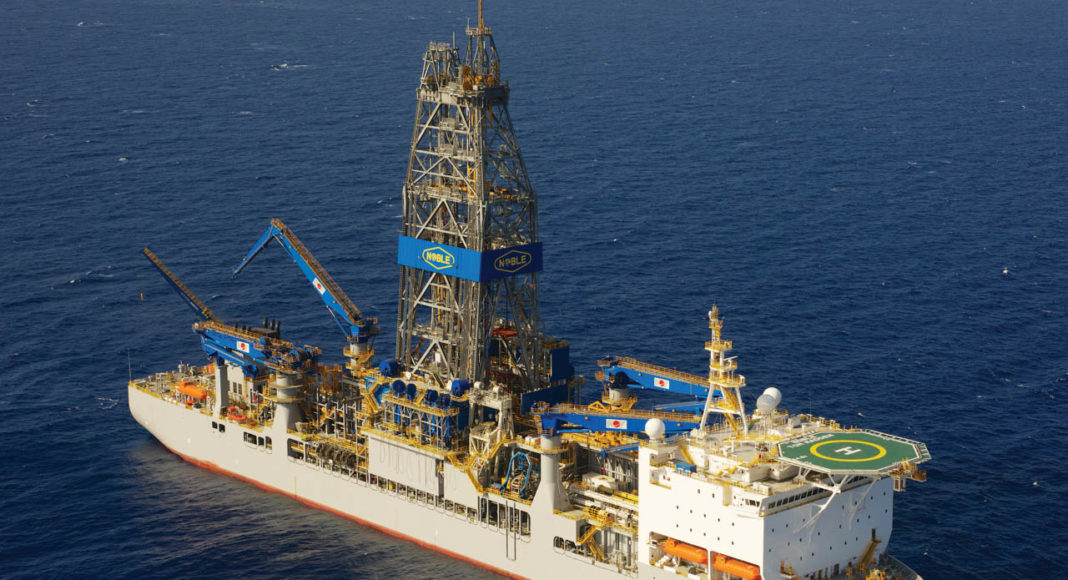Back in 2015, ExxonMobil made the decision to begin drilling for oil in Guyana at Liza-1 since this prospect was the biggest and best, based on data analysed by the company.
Several elements need to line up in order to have a successful exploration play: source rock, reservoir, trap, maturation, timing, migration and seal. While data collected and analysed provide valuable information to geoscientists, the ultimate test is to actually drill a well.
“Generally, you drill the biggest, best prospects first when you enter a new area, which is what we did with Liza-1,” Doug Mc Gehee, then Upstream Operations Manager at ExxonMobil Guyana had told OilNOW.
The “world class Liza discovery” of 800 million to 1.4 billion barrels of light crude in 2015 showed that drilling that prospect first was the right call. However, what the data show and the drill bit ultimately reveal, can vary.
In fact, by the time ExxonMobil had acquired rights to explore the 6.6 million acres Stabroek block, 22 wells, from as far back as the 1970s, had already been drilled by other companies on the coastal shelf outside the southern boundaries of the block. All were non-commercial.
And although the data for Liza-1 looked promising, Royal Dutch Shell, then ExxonMobil’s partner at the Stabroek block, opted to walk away since the risk was still significant.
“The success of Liza-1 helped us to reduce the uncertainty of some of the elements for the broader area. It also helped us reduce the uncertainty for the elements of reservoir, trap, migration and seal in the area close to Liza-1,” Mc Gehee had pointed out.
But despite the success at Liza-1 in 2015 and the data acquired, ExxonMobil failed to find commercial quantities of hydrocarbons the very next year at Skipjack although it was targeting similar conditions to the Liza discovery.
“This [Skipjack] announcement reminded us of the undulating fortunes of mining in general and of oil exploration in particular,” Natural Resources Minister at the time, Raphael Trotman, said.
Fast-forward to Tanager-1, the first prospect to be drilled in a new block offshore Guyana. Just like Liza-1 was at the time, this well also seemed very promising. So much so that Tanager was voted as the well most likely to hit a commercial discovery in the second half of 2020, during a poll conducted by Westwood Global Energy Group at a webinar held in August. A study conducted on the Kaieteur block even revealed that nine prospects, including Tanager-1, hold an estimated 2.1 billion barrels of oil resources.
Then almost three months after being spudded, the announcement was made that results from Tanager-1 did not justify a standalone development, meaning the volume of oil anticipated, was just not there.
“Exploration in deepwater and ultra-deepwater is a high-risk high cost venture,” Kevin Ramnarine, former Trinidad and Tobago Minister of Energy told OilNOW at the time. “A sub commercial well like Tanager-1 is par for the course in exploration. That is the nature of the oil business.”
And so, it is. ExxonMobil said despite the Tanager-1 results it plans to forge ahead with its drill programme offshore Guyana. The company will spud Bulletwood-1 at the Canje block either by December or early Q1 2021. Whether it hits pay or not, only the drill bit will tell.



